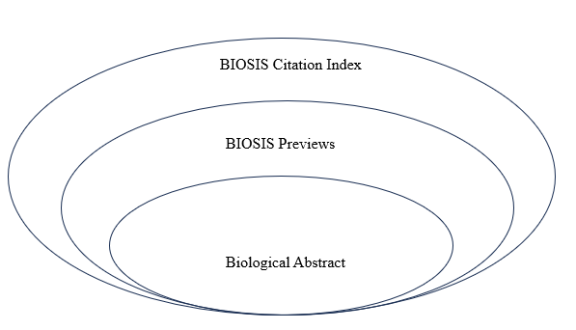1. Primary Literature:
Primary literature represents the forefront of scientific knowledge. It is where new findings and data are first reported. These original materials often authored by researchers and published in peer-reviewed journals.
Research Articles:
What: Detailed descriptions of original research.
Components: Abstract, Introduction, Methods, Results, Conclusions and/or Discussion
Purpose: Share new scientific knowledge.
When: You need original and detailed findings on a particular topic.
Why: They offer first-hand, peer-reviewed information and are foundational to scientific knowledge.
Example: a study on the therapeutic effect of cannabinoid.
Case Reports: usually in medicine.
What: Detailed descriptions of individual clinical cases.
Purpose: Share unique or educational clinical findings.
When: Investigating rare occurrences, unique cases, or clinical scenarios; specially in teaching.
Why: They present detailed clinical information and can help in understanding rare conditions or outcomes.
Example: Carrot man: a case of excessive beta-carotene ingestion
Theses and Dissertations:
What: Research projects completed for academic degrees.
Purpose: Fulfill graduation requirements and contribute to knowledge.
When: Seeking detailed research on niche topics or exploring academic perspectives.
Why: They contribute fresh research and often explore topics not yet covered in mainstream publications.
Example: A Master of Science thesis examining the bumblebee response to glyphosate
Conference Proceedings:
What: Collections of papers or presentations shared at academic or professional conferences.
Purpose: Share research with peers, often before formal publication.
When: Searching for the latest research findings or niche topics.
Why: They capture cutting-edge research often before it appears in formal publications.
Example: Novel therapeutics: response and resistance in ovarian cancer
2. Secondary Literature
Review articles synthesize and summarize existing primary literature rather than presenting new findings.
Systematic Reviews:
What: The most rigorous and structured approach to reviewing existing research on a specific topic or question.
Purpose: To identify, evaluate, and summarize all available evidence related to that topic or question.
When: To determine known findings and practice recommendations, and to identify uncertainties and areas needing future research.
Why: They rigorously compile and analyze research, reducing bias and providing robust conclusions.
Example: Evaluation of different opioid addiction treatments
Meta-analyses: usually combined with systematic reviews.
What: A statistical technique to combine results from multiple studies.
Purpose: Produce a single conclusion from many studies.
When: Searching for a definitive conclusion from multiple studies on a topic.
Why: They statistically synthesize data from several studies, giving more weight and clarity to findings.
Example: COVID-19 Pandemic Increases the Impact of Low Back Pain.
It is important to know meta-analysis is not primary literature. Primary literature refers to original research studies that present new data from experiments, trials, surveys. Meta analysis is considered secondary literature because it does not report original experimental work. It is a statistical method to combine results from multiple primary studies to derive a clearer understanding of the overall evidence on a given research question.
Other Literature Reviews:
A Rapid Review: Quickly evaluates known information on a policy or practice using systematic methods, with search depth limited by time and a brief quality assessment. Results are presented in narrative and table form, highlighting literature volume and quality.
A Scoping Review: Offers an initial overview of available research literature's size and scope. It identifies existing and ongoing research, limited by time or scope, without a formal quality assessment. Results, often tabular with some narrative, describe the literature's quantity, quality, and potential review direction.
There are numerous types of reviews, and you'll become more familiar with them as you delve deeper into your studies.
Other types of secondary literature are books, monographs. Scholarly monographs are single-volume books that offer comprehensive research and in-depth exploration of a specific area of expertise.
3. Tertiary Sources:
Tertiary literature includes reference materials, textbooks, and various publications that aim to provide the distilled essence of knowledge. These sources typically lack a specific author because their primary mission is to compile and present existing ideas and information. One of the key functions of tertiary sources is to summarize or compile information. You can think of them as handy study guides. Tertiary literature often refers back to primary and secondary sources. Examples of tertiary literature include textbooks, dictionaries, encyclopedias, handbooks, and manuals.
4. Grey Literature
Grey literature refers to materials that are not published through traditional channels, such as academic journals or commercial publishers. This category includes a wide range of documents, such as government reports, policy statements, early versions of research articles (pre-prints), finalized research papers that haven't been published yet (post-prints), geological and geophysical surveys, conference materials, maps, newsletters, bulletins, and fact sheets.
Grey literature has a broad spectrum of creators, including government agencies, non-governmental organizations, industry professionals, private businesses, and others.
Grey literature provides rich and up-to-date research across various fields. Government and industrial agencies frequently generate grey literature and release it on the internet faster than other types of publications.


